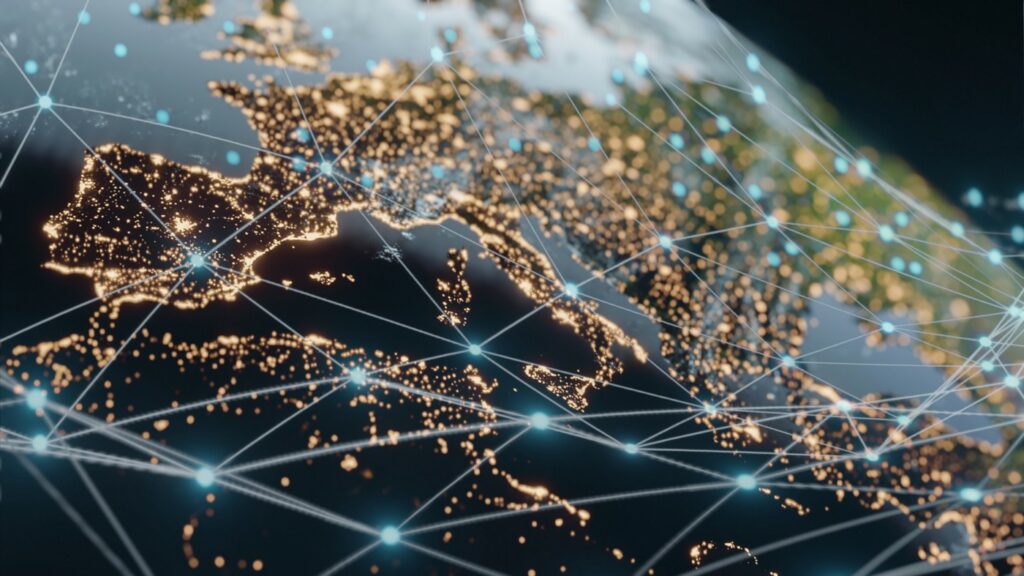By Phillip Ng, VP of Corporate Development
The End is Nigh!
For US shale companies, the end of the world is upon us.
Global markets roiled over the last few months from disruptions by the novel coronavirus pandemic. Amidst this chaos, the world of oil and gas got an extra helping of hardship: the collapse of OPEC+, a cartel of oil-producing nations led by Russia and Saudia Arabia.
OPEC+ had worked together since 2016 to stabilize the world’s supply of oil. This past month, they were unable to reach price and production targets. The result was a price war, with both countries maxing out production and flooding supply into the market. Brent crude fell over 50%, from $70 a barrel in December to $32 as of the end of March. This price level is well below shale producer breakevens, which hover around $50 per barrel.
In a single stroke, almost every shale producer became unprofitable.
Producers now face a threat on both ends, with a collapse in demand as a result of global pandemic shutdowns and a glut of supply flooding the market.
Challenging times are ahead for US oil producers, with industry leaders forecasting 50% of public shale exploration-and-production companies will go bankrupt over the next two years.
From Prophets of Doom to Propheting in the Doomsday
Modern work demands knowledge transfer: the ability to apply knowledge to new situations and different domains. — David Epstein
Recessions and contractions are rank and sort functions of capitalism. These events stretch the balance sheet of companies. They are a test that proves which business models truly work and which ones won’t.
I believe that understanding the shale industry implosion has much to teach cryptocurrency miners, precisely because they have a lot of similar economic traits.
Cryptominers and Shale Producers Are the Same
- Product is Commoditized
- Productivity from Installed Assets Decline Quickly
- Production Can Ramp Up and Down Fast
- Operating Models Are Characterized by High Upfront Capital Costs, and Low Marginal Production Costs
- Price is Affected by Economic Shocks From Large, External Parties
- Capital Market Access Ebbs and Flows, Following a Boom-And-Bust Cycle
(More on these similarities can be found below in the “deep-dive” section)
These economic realities mean that we can draw analogies from the world of shale and apply it to the world of cryptocurrency mining.
Understanding who wins and why will help miners make better decisions and be less likely to make bad investments.
Your Updated Handbook For Surviving the End of the World
Shale producers who survive in the next few years share the following common virtues.
1 — A Disciplined Focus on Breakeven
In the world of shale, the lowest cost of production is a crucial asset. When prices fall, the most efficient are cash flow positive the longest and last to shutdown. Low breakevens offer higher chances of survival when the world is ending.
And breakeven should be thought about holistically. It is impacted by several factors that extend beyond simple all-in cost. To name a few:
- Fixed versus variable cost structure
- Facility availability and uptime
- Capital investment cycle (and the tradeoff between newer, more profitable equipment for maximizing ROI on installed base)
- Economies of scale
Companies must be disciplined and viciously focused on driving results across all factors to instill a successful outcome. Operators should be ruthless in driving any excess out of their operations and cost structure. Thoughtfully giving away a bit of upside should also be tolerated in exchange for a lower downside breakeven.
Focus on breakeven can be deceptive and overlooked in financial models. It is a focus on cash flow and the resilience of those flows over return on investment.
2 — Hedging to Give Flexibility.
Shale producers hedge portions of their production to ensure that they are not suddenly hit by large swings in oil prices. They are hedged in a pretty big way: an estimated 43% of oil production in 4Q19 was hedged, according to Goldman Sachs. This type of downside edging prevents companies from having cash or liquidity shortfalls and gives companies room to maneuver in dangerous times.
3 — Derisk the Balance Sheet
When times get tough, a company’s balance sheet becomes the walls of their castle. Maintaining a strong balance sheet means thinking about risk across all parts of the ledger: cash-on-hand, access to liquidity, leverage, and flexibility within operating assets and future liabilities.
Shale producers are carefully watching all of these things; they should be thought of by crypto miners too.
Cryptominers should also consider any non-core risk assets (which in the case of cryptominers tends to be speculative positions on crypto-assets). While offering additional upside, these positions can be deadly in a downside scenario.
4 — Remember Maintenance Capex
Prudence is the virtue required to ensure that companies don’t overinvest in capital equipment during frothy markets. But the virtue of courage is what is required to spend when companies are feeling the squeeze.
This downturn will eventually find its way back on an upward trajectory. Being adequately positioned to take advantage of it requires maintaining equipment and upgrading where necessary to preserve margins. To re-emerge in a strong and enviable position, companies also need to spend money in the right way.

Not an End With a Whimper, But a Re-Emergence With a Bang
This downturn will eventually give way to the next business cycle. In the meantime, shale operators will find their past claims put to the test and their results under much greater scrutiny from their shareholders.
At Soluna, we have sought to add a few more levers to our business model to make us more resilient in the end times:
- Vertical integration, meaning our power source can work collaboratively with our computing asset
- Multiple streams of revenue (power sales, mining, other computing), allowing for additional flexibility in our business model
- The lowest cost is secured by utilizing only the highest quality assets
Those who did not exercise prudence in the past will be revealed as foolish and risk having their company relegated to the ash pile of history.
Those who survive these testing times have to walk into a new and better world: wheat and chaff separated.
We at Soluna are studying these challenging times and preparing our company for both ends of the business cycle.
Cryptominers and Shale Producers Are the Same — A Deep Dive
- Commoditized Production — In bitcoin and oil barrels, one unit is the same as another. Producers cannot differentiate on product or go-to-market, so they must focus on their economic model.
- Production Can Ramp Up and Down Very Quickly — Because both technologies can jump on and offline very quickly. A more dynamic environment means decisions must be made in realtime. Also, decision frameworks should consider a broader and relatively swift response by the market.
- Economic Shocks From By Large, External Parties — Shale producer’s woes stem from decisions being made in Riyadh and Moscow. The 2018 ‘crypto winter’ was especially hard for crypto miners as equipment OEMs flooded the market with equipment.
- High Upfront Capital Costs, and Low Marginal Costs — Money spent on building facilities and deploying operations usually exceeds run rate operational costs. Low operational costs mean that the decision to stay online often is yes. The result is gluts of production can be protracted as operators can keep the lights on while hoping pricing will recover.
- Production from Installed Assets Decline Quickly — In the crypto world, equipment becomes obsolete at a rate that seems to follow Moore’s Law as faster hardware is developed. In shale, each marginal unit is harder to get as the well empties. The result is a race against time — an attempt to extract returns more quickly than the declines in productivity. It also means that operators must continuously invest to stay flat. It also means that many incautious operators grow quickly, but spend quicker. Balancing capital expenditure versus free cash flows from an operation is a critical bet that all operators should make. This factor has accounted for meager returns in both industries.
- Capital Sources Follow a Boom-and-Bust Cycle — Here today and gone tomorrow has been the story of capital in both the shale and crypto space. When times are good, financiers are willing to underwrite (and often at generous terms). When times are tougher, capital is quick to leave. Therefore, operators should not assume an ability to refinance or draw from new capital sources. They should also think about the duration match of their assets and liabilities.




